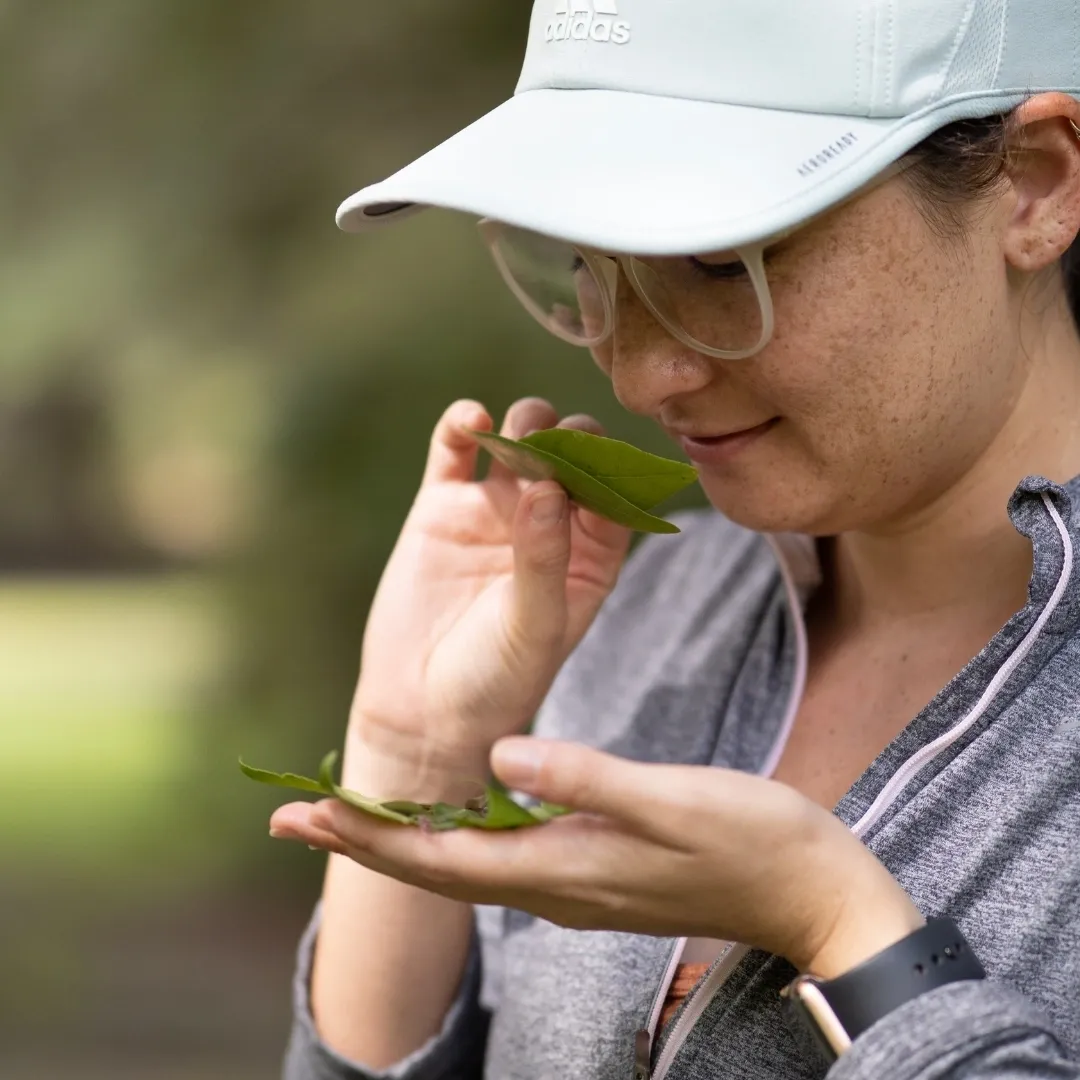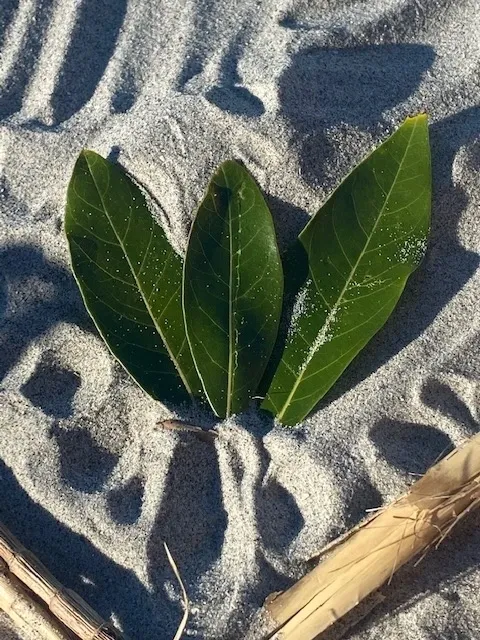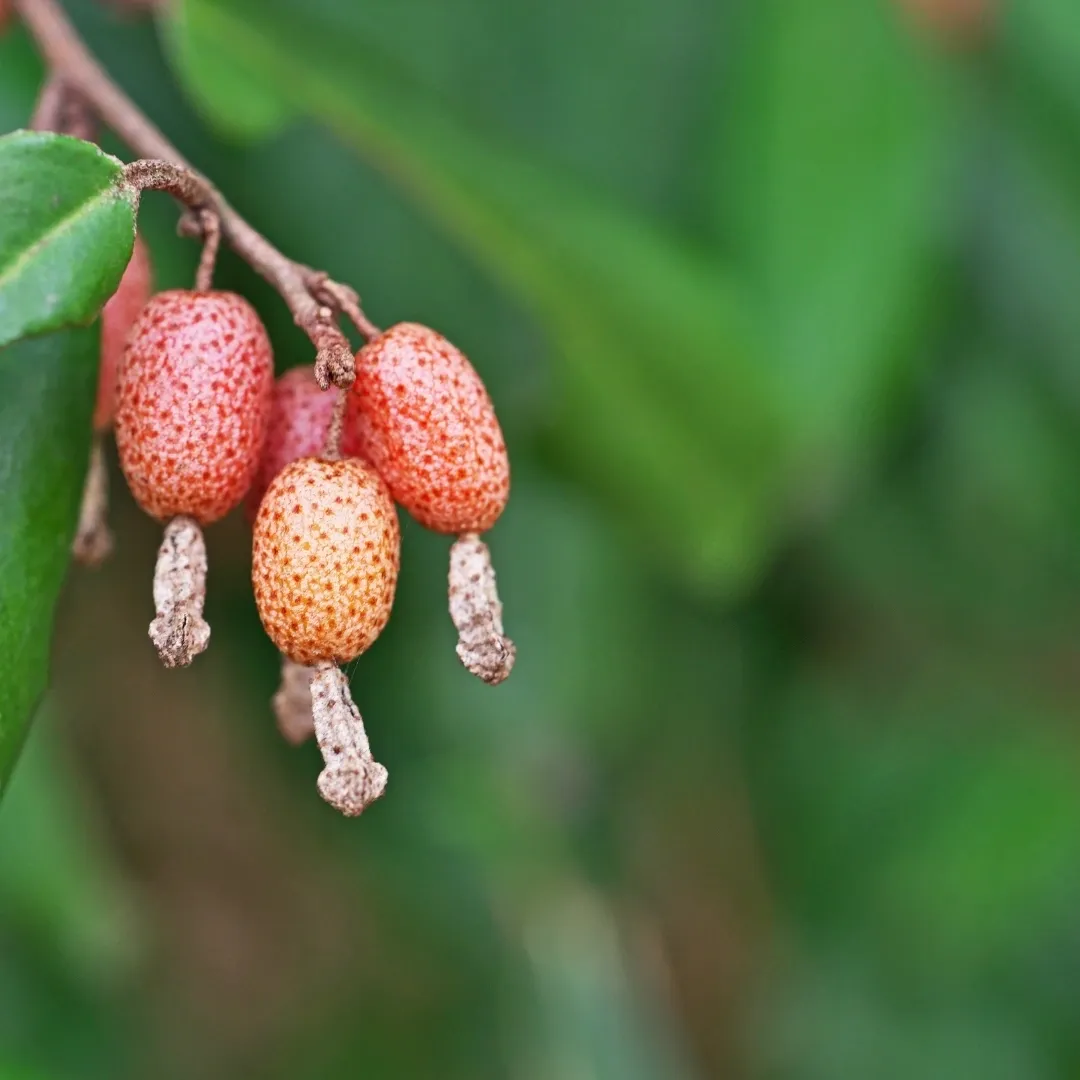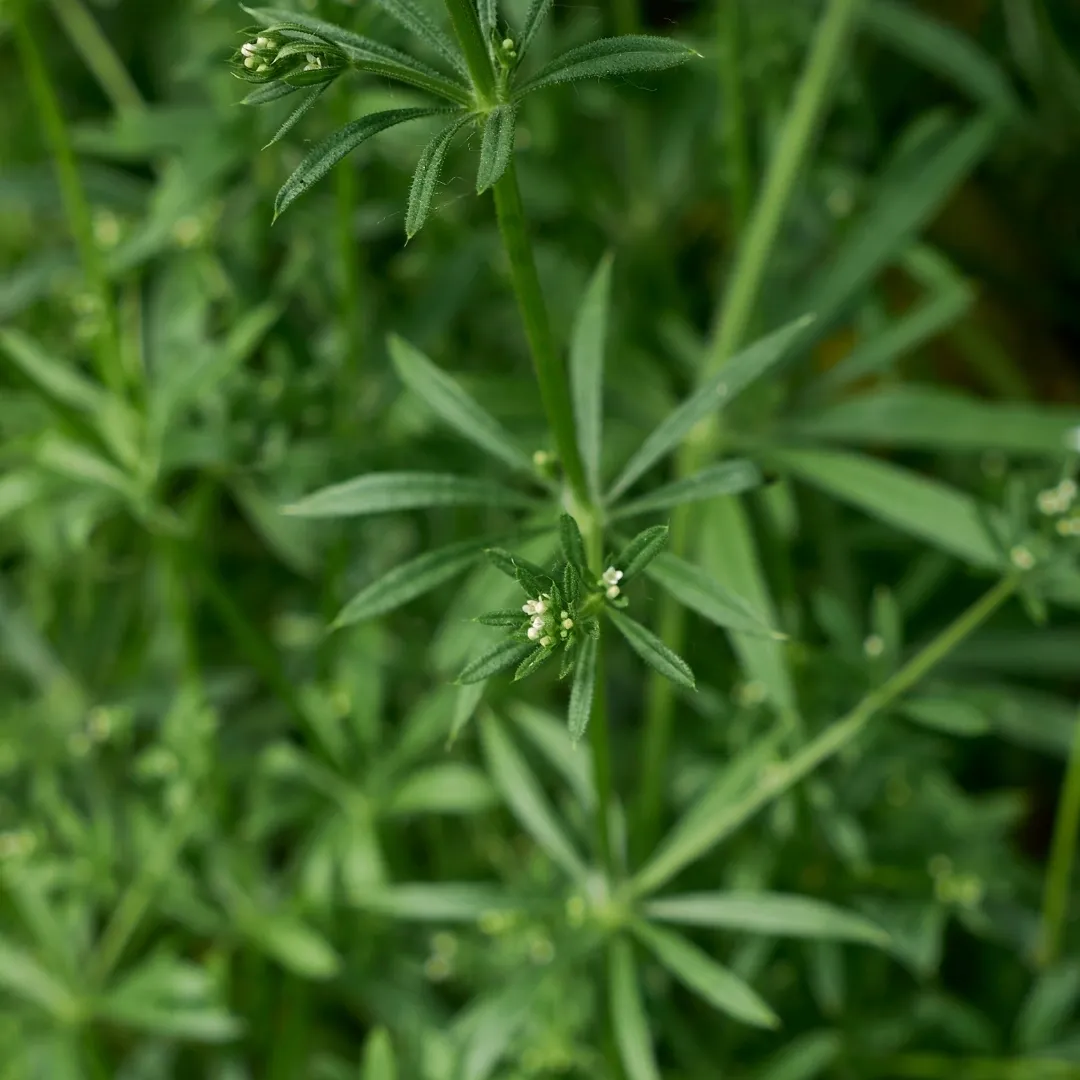Forage in the Winter!
Jan 27, 2021 Winter is a GREAT time to go foraging in your neighborhood, park, fields, or woods. I love seeing what I can scavenge in the winter. I have been amazed by how much I can actually harvest and use for both food and medicine during the "dormant" season.
Winter is a GREAT time to go foraging in your neighborhood, park, fields, or woods. I love seeing what I can scavenge in the winter. I have been amazed by how much I can actually harvest and use for both food and medicine during the "dormant" season.
Let this blog serve as your wintertime foraging guide for the Southeastern Coastal Plain.
Let's get started.
Plant 1: Chickweed (Stellaria media)
Oh boy! This plant, chickweed (Stellaria media), is a blood purifier and detoxifying herb that has a cooling effect on the body. Who doesn't need that????
Look for this herb in your lawn, garden pots--I like to leave a garden pot or two empty every year in hopes that chickweed will appear, and often times it does--or any disturbed area that is not exposed to herbicides. You can make a salve from the herb to relieve skin inflammations and inflamed joints OR make a tea or tincture from this mighty little herb to relieve arthritis and rheumatic pain. I could continue on for a long time about this herb.....but I will stop and say GO FIND CHICKWEED! The simplest way to incorporate this species into your life is to saute it like spinach. Rinse it off well and saute the stems, leaves, and flowers in olive oil with a little garlic. Enjoy!
Plant 2: Bay Leaves (Persea borbonia)


If you live along the Southeastern Coast, I challenge you to forage your own Bay Leaves! It is a must! Truly a must! No more buying these guys from the grocery store. Use your own two eyes and two hands to fill your kitchen herb jar full of bay leaves harvested by the one and only---YOU!
You want to look for a small shrub to tree that has dark green upper leaves and a grayish, smooth undersurface. Also, look for stems that are smooth and have a green tint to them. Don't worry if you are not a plant person or a Botanist, Herbalist, or seasoned Forager....you have a nose....and you cannot mistake Bay Leaves when you crush and smell the delightful fragrant oil.
Now, you want to look for a bay tree (Persea borbonia) along the Coast in Maritime Forests or along a Sand Dune System (back dunes). Don't give up, you will eventually find one!
If you have trouble, please join us for one of our local Charleston, SC, foraging adventures where we step foot in the Maritime Forest and review this species in depth.
A whole book could be written on the medicine of bay leaves, but just know if you have problem....a nice strong bay leaf tea could probably solve it. My favorite way to use foraged bay leaves is in my soup of course:), smudge -yes bay leaves make an AMAZING smudge. The Seminole indigenous group consider bay leaves sacred and use them for smudge.
Another thing I often do with bay leaves is add them to my tea blends. If you know me, I am a HUGE tea drinker. Bay leaves can be added to any tea blend to add a hint of spice or something special that people cannot put their finger on.
Plant 3: Thorny Olive (Elaeagnus pungens)

Who doesn't like a wintertime fresh fruit? Nobody!!!
I challenge you to find this species if you live along the Southeastern Coast. We need more people to forage this fruit! It is the only thing fruiting right now in the winter! I see gobs and gobs of this amazing fruit go to waste. It is a non-native invasive plant from Japan. It takes over over fencerows and unmaintained areas in our yards/neighborhoods. The birds love it. I LOVE it! My thought and hope: if we forage more of the berries, there will be less spread. If you have it in your yard, you can cut it back nicely and enjoy the fruit every winter.
Thorny olive fruit has 7 times the amount of Lycopene as tomatoes. Lycopene is a POWERFUL antioxidant that can improve heart health, blood circulation, and lower the risk of certain types of cancer.
This species is very easy to identify, just look for an arching shrub with long thorny branches that have silvery leaves on the underside and pretty red fruit in the winter. You can't miss it. And chances are you already know where to find it. Now all you need to do is grab a basket and put your shoes on and hit the pavement.
Collect the fruit for your smoothies, freeze it, or dry to add to teas. Try drying the fruit in the sun-the old school way. No need to buy Schisandra berries when you have thorny olive growing around you.
In Japan, they use the fruit and ferment it to create a beverage.
Plant 4: Cleavers (Galium aparine)

As my friend Kristina says from Roadside Blooms-"Leave it to Cleavers". It is very true, leave it to cleavers to heal and restore your urinary and digestive system. This amazing, underused herb is cooling and detoxifying to the system. You can often find it popping up in the wintertime. I just found some yesterday -1/27/21-and made a juice from the leaves. If you have joined us for a foraging adventure, you know my urinary system needs extra love (I am always pointing out the diuretic herbs). So this little mighty herb is my savior. I add it to my blender (10-12 stems) with two cups of water and make a detoxifying and cooling juice to keep my urinary and digestive system strong.
Look for an herb that has whorled stems and tiny white flowers. Diagnostic feature-this plant will cling to you. Take a stem and see if it sticks-if it has whorled leaves and sticks to you-then it is cleavers.
Plant 5-Eastern Red Cedar (Juniperus virginiana)

Do you smudge? If you answered no-you definitely should give it a try. The best plant to use if you live along the Southeastern Coast is Eastern Red Cedar (Juniperus virginiana). I love to collect this plant with reverence to use as smudge in the wintertime.
This is a sacred plant to many indigenous people of North America. Also, smudging is a sacred practice for many indigenous people.
Did you know that many cultures worldwide smudge or used plant-based smoke for healing and clearing energy? Yes, 125 countries from around the world use plant-based smoke. So chances are your ancestors used this practice many, many moons ago. Eastern red cedar smoke has a grounding affect and a pleasant smell when burned. It is an herb that offers protection from negative energy. You can use it when you buy a new home, rent a new space, or feel like you are overwhelmed. Shoot...anytime your energy shifts from positive to negative, break out your smudge stick. You can also burn the dried leaves in a clay bowl with other herbs, such as rosemary, lavender, and bay leaves.
I often smudge while working at my computer, I lit both cedar and bay leaves before doing this blog post. It puts me in a good headspace-to connect with my spirit and be myself.
Other ways I use this amazing plant-facial steam to cleanse my sinuses and in my bath for aches and pains.
To find Eastern red cedar, look for small to large trees in the Maritime Forest and along the Sand Dune System, look for peeling reddish-brown bark and tightly overlapping leaves that look more like needles.
If you want to see more pictures of your wintertime hunt list, check out our instagram page: @yaholaherbschool (link below). We share free content there on a daily.
Alright my friend, my wish for you-go outside and forage today. Raining-still go forage. Cold-still go forage. Just do it! You will be happier if you do. Guaranteed!

